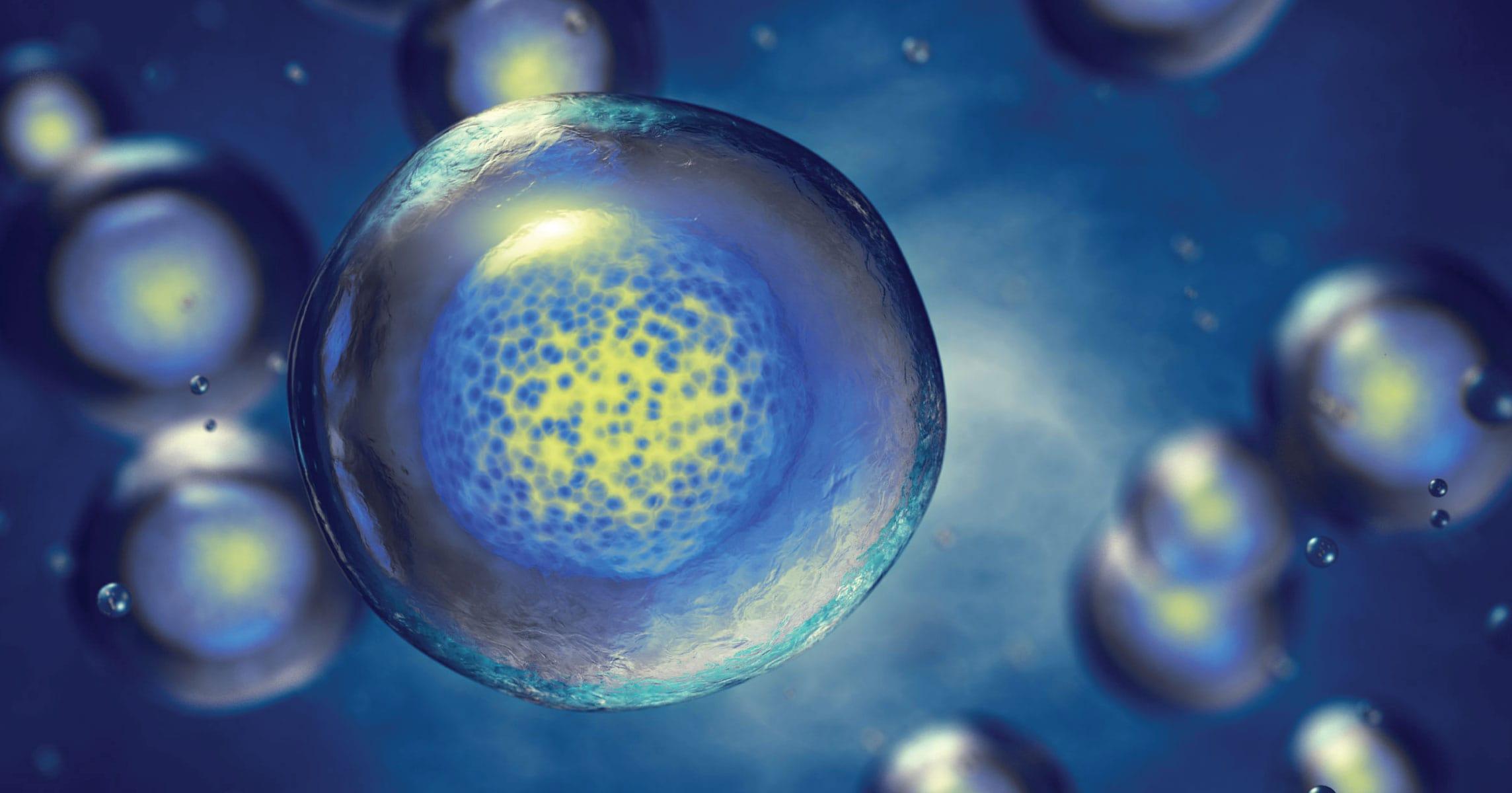Cell processing is an important and emerging area of biotechnology that involves a wide range of techniques and methods to isolate, culture, characterize and engineer living cells. With recent advancements, cell processing now plays a crucial role in fields like regenerative medicine, vaccine development and manufacturing of biotherapeutics.
Importance of Cell Processing
In the past few decades, our understanding of cell biology has grown tremendously. We now know that cells are not just basic structural and functional units of living organisms but complex entities that can be utilized for therapeutic applications. Isolating specific cell types from tissues or blood and growing them outside the body under controlled conditions allows scientists to study cells in detail as well as mass produce them. This is where cell processing comes into the picture. Whether it is growing stem cells for culturing tissues and organs or producing monoclonal antibodies at an industrial scale - cell processing forms the backbone of these advanced biotechnologies.
Types of Cells Used
Depending on the application, Cell Processing involves working with different cell types like stem cells, immune cells, mammalian cell lines or microbial cells. Stem cells acquired major importance due to their ability to differentiate into various cell lineages making them ideal candidates for regenerative therapies. Mesenchymal stem cells, hematopoietic stem cells and induced pluripotent stem cells are commonly used stem cell types in cell processing. Immune cells like T cells and B cells find applications in immunotherapies and production of monoclonal antibodies. Mammalian cell lines like CHO and HEK293 cells are workhorses for manufacturing therapeutic proteins in the biopharmaceutical industry. Microbial cells like yeast and bacterial cells are preferred for large scale recombinant protein production.
Isolation and Characterization
The first step in cell processing generally involves isolating the desired cell type from its native source tissue or blood. Techniques like density gradient centrifugation, magnetic activated cell sorting and fluorescence activated cell sorting are employed to separate cells based on specific surface markers. Once isolated, cells need to be thoroughly characterized to determine their phenotype, viability, proliferation capacity and other vital parameters. Advanced tools like flow cytometry, microscopy and polymerase chain reaction aids in comprehensive characterization. This quality control ensures isolated cells match the intended cell type and can be reliably used in downstream applications.
Cell Culture and Expansion
After isolation and characterization, cells enter the cell culture phase where they are grown and expanded under controlled conditions. Suitable culture media, incubator parameters, surface coatings and supplements are optimized to create the perfect conditions for cells to grow healthily. Some key aspects involved include establishing Master and Working Cell Banks, culture passage, proliferation assays, scale up procedures and cryopreservation of stock cell banks. This expansion process outputs the large numbers of cells required for various uses while maintaining their integrity and specific functionality. Proper cell culture practices prevent microbial contamination and genetic/epigenetic changes in the cultured cell population.
Engineering and Differentiation
In many instances, isolated cells need additional manipulation or genetic modifications to serve the desired purpose. Stem cells may require inducing toward specific lineages through biochemical signalling molecules, growth factors or by co-culturing with other cell types. Genetic engineering techniques provide ways to knock-in new genes, knock-out undesirable ones or tag cells with reporter genes. Such engineered cells find diverse applications in research, toxicology screening and cell-based therapies. Microbial and mammalian cell lines are metabolically and genetically engineered to enhance productivity of target molecules. Advancing gene editing tools like CRISPR-Cas9 are revolutionizing the potential for precise cell engineering.
Scaling Up and Downstream Processing
Once significant cell numbers are attained, the next challenge involves scaling up culture systems to an industrial level for mass production purposes. Bioreactors with control of critical process parameters like oxygen delivery, nutrient supply, waste removal and mechanical forces ensure homogeneous and high density cell cultures. Downstream processing then recovers and purifies the product of interest from these large scale cultures. The product could be stem cells, therapeutically active immune cells, vaccines, recombinant proteins, antibodies or other biomolecules. Downstream techniques involve centrifugation, filtration, chromatography and other unit operations to isolate bulk quantities of highly pure final product. Proper validation and quality control during scale up and downstream processing guarantees a consistent and safe cell therapy product or biologic drug.
Regulatory Compliance and Ethics
Being a life science field dealing with human/animal derived living cells, cell processing operations must strictly adhere to regulatory guidelines and ethical practices. Facilities need to comply with good manufacturing practices from countries like US FDA and EMA. Standard operating procedures covering cell line authentication, sterility, mycoplasma detection, record maintenance, environmental monitoring and personnel training are implemented. When it comes to clinical applications, cells must undergo rigorous safety and efficacy testing in preclinical models and clinical trials as per international guidelines before receiving approval. Ethical issues surrounding source of primary cells, informed consent and biosafety are also significant concerns that demand conscious addressing at each stage of cell processing workflow. Overall regulatory oversight and compliance are vital to translate basic research into real world cell therapy products and bioprocesses.
The wide scope of cell processing and how it serves as the technological backend that enables advanced areas like tissue engineering, immunotherapy and biomanufacturing. Rapid evolution of tools in areas of stem cell biology, genetic engineering, bioreactors and analytical technologies will continue propelling cell processing capabilities to even greater heights. With continued innovations, this field promises to bring revolutionary treatments for diseases and deliver more affordable biopharmaceuticals. Strict adherence to quality systems and ethics is equally important to translate the full potential of this interdisciplinary area into actual patient benefit safely and responsibly. Cell processing clearly represents a critical knowledge domain of modern biotechnology.
Get more insights on this topic: Cell Processing
Explore More Articles: Enzyme-Linked Immunosorbent



